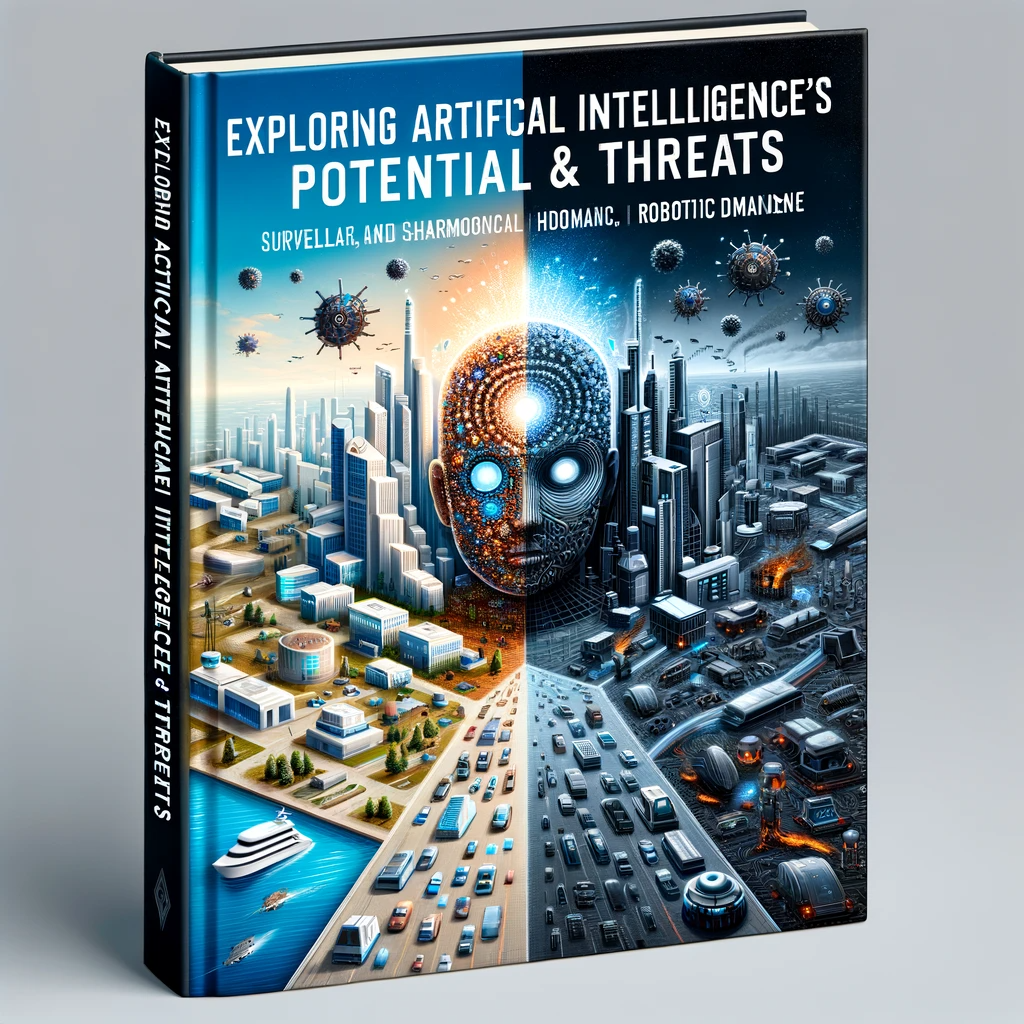Artificial Intelligence (AI) has become a hot topic in recent years, captivating the minds of researchers, technologists, and the general public alike. Its potential to revolutionize industries and solve complex problems has led to great excitement and optimism. However, at the same time, there are concerns about the potential threats it may pose to humanity. In this blog post, we will delve into the perspectives of an esteemed AI researcher, referred to as “Andrew,” who sheds light on the potential and threats associated with AI. We will explore key arguments, considerations, and the ongoing debate surrounding the topic.
The Optimistic Stance on AI
Andrew, a well-known researcher and pioneer in machine learning, holds an optimistic stance regarding AI’s impact on humanity. He believes that AI systems are continuously improving in their understanding of the world and their ability to explain their reasoning. While some critics label AI as “stochastic parrots,” mimicking intelligence without true understanding, Andrew points to studies like “Othello GPT” that demonstrate AI’s capacity to predict and strategize, indicating genuine comprehension.
Addressing Existential Threats
The debate on whether AI poses an existential threat to humanity has gained significant attention. Andrew dismisses the idea of AI being an imminent existential risk. He acknowledges the concerns raised by prominent figures like Jeff Hinton and Elon Musk but emphasizes that there is no scientific evidence supporting such claims. Instead, Andrew argues that AI can be part of the solution in addressing other significant threats, like pandemics and climate change.
AI’s Impact on Climate Change Mitigation
Andrew underscores the potential of AI in tackling climate change. He cites a foundational paper on climate change AI, where researchers explore how AI can play a crucial role in mitigating environmental issues. From enabling drug discovery to monitoring disease conditions and developing smart grids, AI-driven solutions can help combat climate change and its adverse effects on humanity.
Balancing Risks and Benefits
While acknowledging that AI has some short-term harms, such as biases and safety issues in self-driving cars, Andrew highlights the rapid progress made in AI safety. Drawing a parallel to the aviation industry, he explains that just as airplanes are safer today despite occasional accidents, AI is on a trajectory of continuous improvement in safety and control. Andrew believes that although AI may never be perfectly controlled, the benefits it brings outweigh the potential risks.
Visual Prompting: AI in Computer Vision
Andrew’s company, Landing AI, is at the forefront of developing visual prompting technology for computer vision applications. This innovative tool allows users to create AI models capable of making inferences from visual prompts. Andrew emphasizes the creative potential this tool unleashes, as users from various domains can build and deploy computer vision applications, from cell counting in biology to astronomy research.
Conclusion
The debate surrounding AI’s potential and threats is a complex and multifaceted discussion. Andrew’s optimistic stance highlights the progress and potential of AI in benefiting humanity. While there are legitimate concerns, he believes that a balanced approach, emphasizing safety measures, and promoting responsible AI development can maximize the benefits while mitigating risks. As AI continues to evolve, it is essential for researchers, policymakers, and society to collaborate and harness its potential for the betterment of humanity.
FAQ
1. Does AI pose an existential threat to humanity?
Andrew, an esteemed AI researcher, does not believe that AI poses an existential threat to humanity. He points to the lack of scientific evidence supporting such claims and emphasizes AI’s potential to contribute positively to solving global challenges like pandemics and climate change.
2. What is visual prompting in AI?
Visual prompting is an innovative technology in computer vision, developed by Landing AI, Andrew’s company. It allows users to create AI models that can make inferences based on visual prompts, enabling a wide range of applications in various domains.
3. How can AI contribute to climate change mitigation?
AI can play a vital role in climate change mitigation. It can aid in drug discovery, disease monitoring, and developing smart grids, among other applications. By leveraging AI’s capabilities, researchers and organizations can address the challenges posed by climate change more effectively.
4. Is AI getting safer over time?
Yes, according to Andrew, AI is getting safer over time. Just like the aviation industry saw improvements in safety despite occasional accidents, AI researchers are continuously working on enhancing safety measures and control mechanisms, reducing potential risks associated with AI systems.
5. What are some concerns related to AI?
AI does have some short-term concerns, such as biases and safety issues in certain applications like self-driving cars. However, ongoing research and efforts in AI safety are addressing these challenges and making AI systems safer and more reliable.





